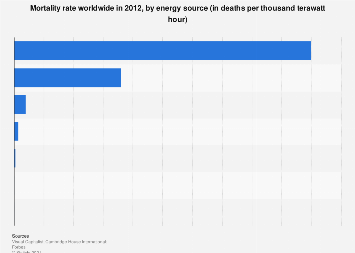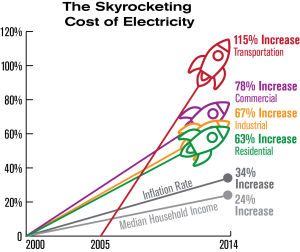
Explain the various characteristics of energy rate of electricity and its aspects?
Energy plays a main role in electricity. It also has a rate. Electricity rate commonly evaluates the rate to build, operate, finance, and maintain the power plants, then the grid of electricity (the complicated system transmission of power and lines distribution). Texas’ Power to Choose can be referred to as authorized electric intention website scramble and occupied by the Texas (Public Utility Committee). Several for gain utilities also comprise an economic recovery for shareholders and owners in their rate of electricity.
Various key characteristics affect the rate of electricity. They are
Fuels
These rates, primarily for normal gas and fuels like petroleum (mainly in Alaska villages and Hawaii), may improve during intervals of the high demand of electricity and when the supply of fuel disruptions or constraints because of severe climate accidental damage and events to carrier and labour infrastructure. High fuel rates, in roll, may occur in higher expenses to produce electricity.
Rate of Power plant
Every power plant occurs construction, financing, operating, and maintenance expenses.
System Distribution and Transmission
The electricity distribution and transmission systems that relate consumers to power plants have operation, construction, and maintenance rates, which comprise rebuilding harm to the networks from emergencies or extreme conditions events and enhancing the cybersecurity field.

Weather conditions
Severe temperatures can improve pressure for cooling and heating, and occurring gains in demand for electricity can boost up electricity and fuel rates. Snow and Rain furnish water for few-cost hydropower production, then the wind can furnish few-cost electricity production when wind accelerations are acceptable. Nonetheless, when the competing or droughts appetite for resources of water, or when speeds of wind drop, the penalty for generation of electricity from those references can settle upward anxiety on additional fuel/energy sources and rates.
Regulations
In several states, public utility/ service committees completely regulate rates, while different governments have a mixture of unregulated rates (for just generators) and legislated rates (for distribution and transmission).
Electricity rates are normally greatest in the climate of summer
The rate to replenish electricity differences minute by per minute. Nonetheless, most customers pay prices founded on the cost seasonal of electricity. Differences in rates commonly reflect deviations in demand for electricity, generation availability fuel costs, power plant, and sources availability. Rates are usually elevated in summer when the entire demand is elevated because further valuable generation references are expanded to fulfil the raised demand.
Electricity rates differ by kind of consumers
Electricity rates are usually elevated for commercial and residential customers because it sells more to circulate electricity for them. Industrial customers use extra electricity and they can obtain this at huger voltages, so distributing electricity to those consumers is further profitable and limited expensive. The rate that influencing electricity to customers in industrial is normally near the wholesale rate of electricity.
Rates vary by region established on the customer’s power plants availability, fuels, and fuel in local costs, and rating restrictions. In the year 2020, the average rate of electricity for every kind of use of electric consumers varied to7.46¢ per kWh in the state of Oklahoma from the range of 27.67¢ per kWh in the state of Hawaii. Two Rates in the region of Hawaii are elevated compared to different states primarily because the plurality of this generated electricity with fuel petroleum that possesses to be received into the government.
